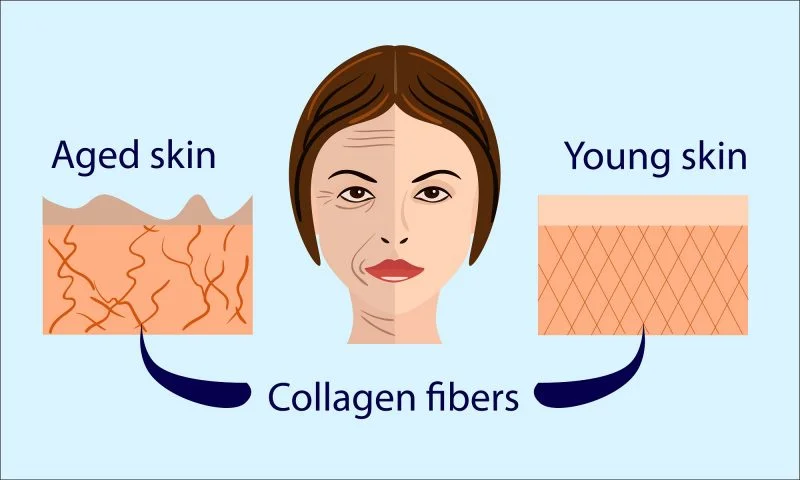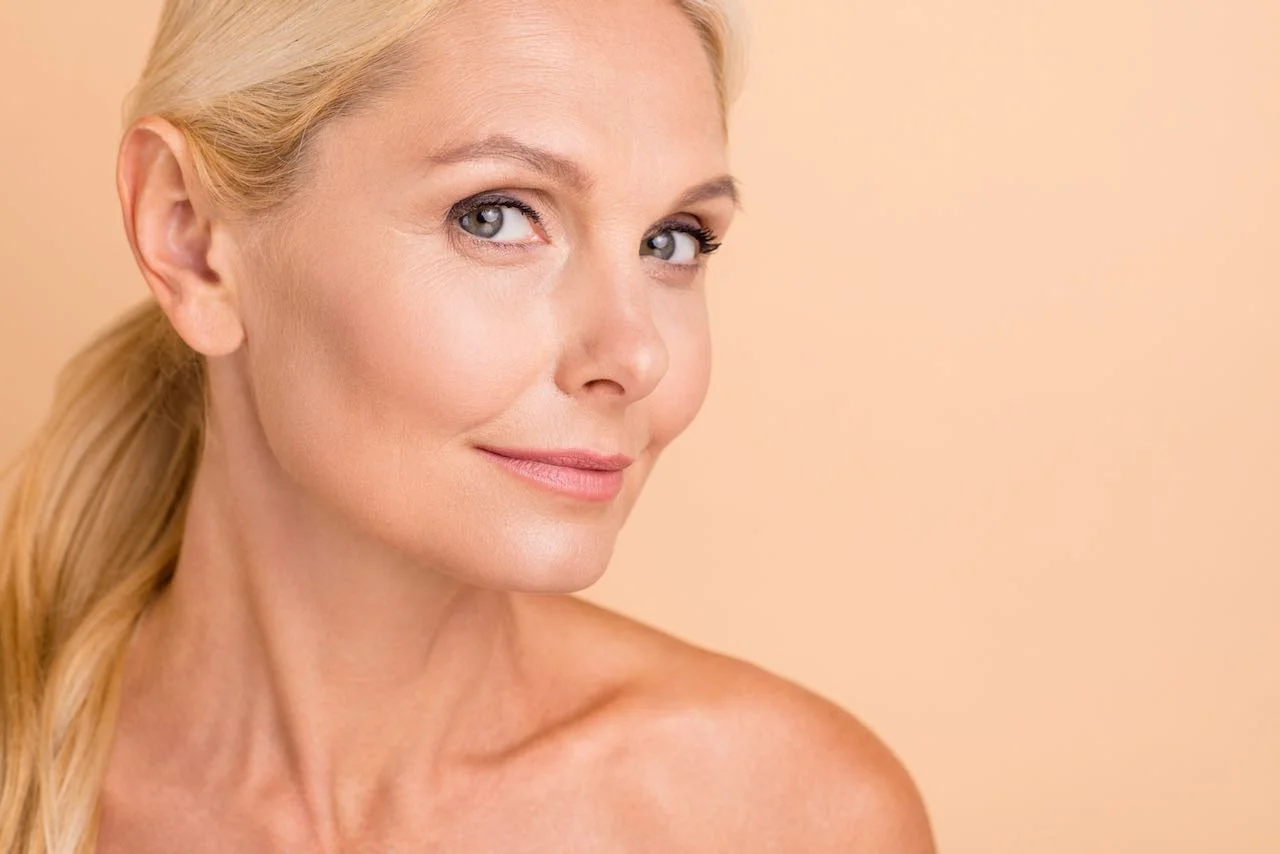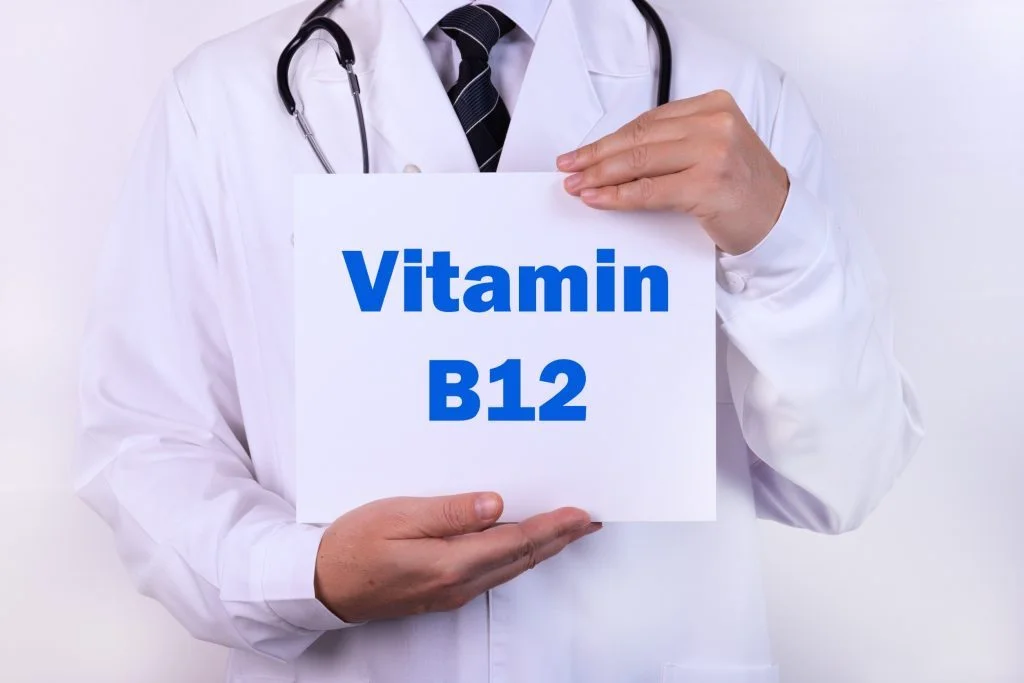Are you looking for ways to restore collagen in your face and achieve a more youthful appearance? Look no further! In this blog post, we will discuss various cosmetic treatments that can help replenish collagen levels and rejuvenate your skin. Whether you’re dealing with fine lines, wrinkles, or sagging skin, these treatments offer effective solutions to combat the signs of aging. From dermal fillers to microneedling and laser therapies, we will explore the benefits and considerations of each option. Get ready to discover the secrets to restoring collagen and reclaiming your youthful glow. Let’s dive in!
The Summary:
- The Importance of Collagen in the Face
- Understanding Collagen and its Role in Skin Health
- The Effects of Collagen Loss on the Face
- Preventing Collagen Loss
- Protecting Your Skin from Sun Damage
- Quitting Smoking to Preserve Collagen
- Procedures That Stimulate Collagen Production
- Sculptra® Dermal Filler
- Morpheus8: Radiofrequency (RF) Microneedling
- Intense Pulse Light (IPL) Therapy
- Fractional Resurfacing Treatments
The Importance of Collagen in the Face
Collagen plays a crucial role in maintaining the health and youthfulness of our skin, particularly in the face. Understanding the significance of collagen and how its loss affects our skin can help us explore effective ways to restore it and achieve a vibrant complexion. In this section, we will delve into the basics of collagen and its role in skin health, as well as the effects of collagen loss on the face.
Understanding Collagen and its Role in Skin Health
Collagen is a protein that acts as a structural scaffold in our connective tissues, including the skin. It provides strength, firmness, and elasticity to the skin, keeping it plump and youthful-looking. Think of collagen as the building blocks that support the structure of our faces, ensuring a smooth and taut appearance.
As we age, our natural collagen production starts to decline. Factors such as sun exposure, smoking, pollution, and unhealthy lifestyle habits can further accelerate collagen depletion, leading to visible signs of aging like fine lines, wrinkles, sagging skin, and a loss of facial volume. Understanding the role of collagen in skin health highlights the necessity of replenishing it to maintain a youthful complexion.
The Effects of Collagen Loss on the Face
When collagen levels decrease, the effects on our faces become noticeable. Fine lines and wrinkles start to form, particularly around the eyes, mouth, and forehead. The skin may lose its firmness, leading to sagging and a lack of definition in the facial contours. Additionally, a reduction in collagen can cause the skin to become thinner and more prone to damage, making it appear dull and less vibrant.
Collagen loss is not only a consequence of aging but can also be influenced by external factors such as environmental aggressors and lifestyle choices. The cumulative effect of collagen depletion over time can significantly impact our appearance, making us look older than we feel.
Understanding the effects of collagen loss is essential in our pursuit of restoring collagen in the face. By addressing collagen depletion and finding effective ways to boost its production, we can reverse some of these visible signs of aging on our face, restore firmness, smooth out wrinkles, and ultimately achieve a more youthful and radiant complexion.
Remember, our skin’s natural collagen production may decline with age, but there are various ways we can support and restore it. In the following sections, we will explore different cosmetic treatments and lifestyle practices that can help stimulate collagen production and rejuvenate the face.
Stay tuned for the next section where we dive into the exciting world of collagen-boosting treatments and techniques.
Preventing Collagen Loss
Collagen loss is a natural part of the aging process, but there are steps you can take to prevent it and maintain healthy, youthful-looking skin. In this section, we will discuss two key strategies for preventing collagen loss: protecting your skin from sun damage and quitting smoking.
1. Protecting Your Skin from Sun Damage
One of the major factors that contribute to collagen loss is sun exposure. UV rays from the sun can damage collagen fibers and accelerate the aging process. To protect your skin and prevent collagen loss, follow these tips:
- Use Sunscreen: Apply a broad-spectrum sunscreen with at least SPF 30 every day, even on cloudy days. Make sure to reapply every two hours, especially if you’re spending time outdoors.
- Seek Shade: When the sun is at its peak (usually between 10 a.m. and 4 p.m.), try to stay in the shade as much as possible. This will reduce your exposure to harmful UV rays.
- Wear Protective Clothing: Cover up your skin with lightweight, long-sleeved shirts, pants, and wide-brimmed hats. This provides an extra layer of protection against the sun’s rays.
- Wear Sunglasses: Protect the delicate skin around your eyes by wearing sunglasses that block 100% of UVA and UVB rays. This will also help prevent wrinkles and crow’s feet.
By taking these precautions, you can significantly reduce your risk of sun damage and preserve the collagen in your skin.
2. Quitting Smoking to Preserve Collagen
Smoking not only harms your overall health but also has detrimental effects on your skin, leading to collagen breakdown and premature aging. If you’re a smoker, quitting can help preserve your collagen levels and improve the appearance of your skin. Here’s why:
- Reduced Oxidative Stress: Smoking introduces harmful chemicals into your body, which generate oxidative stress. This stress accelerates collagen breakdown and impairs your body’s ability to produce new collagen.
- Improved Blood Circulation: Smoking narrows blood vessels and restricts blood flow, depriving your skin of essential nutrients and oxygen. This can disrupt collagen synthesis and contribute to its loss.
- Prevention of Wrinkles: Smoking leads to the formation of fine lines, wrinkles, and a dull complexion. By quitting smoking, you can slow down the aging process and maintain healthier, more youthful skin.
Quitting smoking may be challenging, but the benefits for your overall health and skin are well worth it. Consider seeking professional help, like support groups or nicotine replacement therapy, to increase your chances of success.
Incorporating these preventive measures into your daily routine can help protect your skin from collagen loss, maintain its elasticity, and delay the signs of aging. Remember, prevention is key when it comes to maintaining healthy, youthful skin.
Procedures That Stimulate Collagen Production
Collagen is a protein that plays a crucial role in maintaining the firmness and elasticity of our skin. However, as we age, the production of collagen naturally decreases, leading to the formation of wrinkles and sagging skin. Fortunately, there are several cosmetic treatments available that can help stimulate collagen production and rejuvenate the face. In this section, we will explore four effective procedures that can restore collagen in the face: Sculptra® Dermal Filler, Morpheus8: Radiofrequency (RF) Microneedling, Intense Pulse Light (IPL) Therapy, and Fractional Resurfacing Treatments.
1. Sculptra® Dermal Filler
Sculptra® Dermal Filler is an innovative treatment that stimulates collagen production by gradually replacing lost collagen over time. It involves the injection of poly-L-lactic acid, a biocompatible substance, into targeted areas of the face. This stimulates the body’s natural collagen production process, resulting in a gradual improvement in skin texture, volume, and overall firmness. Sculptra® is particularly effective in treating deep facial wrinkles, nasolabial folds, and marionette lines. The treatment is typically done through a series of sessions spaced a few weeks apart, and the results can last up to two years.
2. Morpheus8: Radiofrequency (RF) Microneedling
Morpheus8 is a cutting-edge treatment that combines radiofrequency (RF) energy with microneedling. This procedure delivers controlled RF energy to the deeper layers of the skin, stimulating collagen and elastin production. The microneedles create precise micro-injuries, triggering the body’s natural healing response and encouraging collagen remodeling. Morpheus8 is effective in improving skin laxity, fine lines, wrinkles, and acne scars. It is suitable for all skin types and can be used on various areas of the face and body. The treatment is relatively comfortable, and downtime is minimal, making it a popular choice among those seeking collagen restoration.
3. Intense Pulse Light (IPL) Therapy
Intense Pulse Light (IPL) Therapy, also known as photofacial or fotofacial, is a non-invasive treatment that uses high-intensity pulses of light to target specific skin concerns. IPL therapy stimulates collagen production by gently heating the deeper layers of the skin, prompting the body to produce new collagen fibers. This leads to improved skin tone, and texture, and reduction in fine lines and wrinkles. IPL is particularly effective in treating sun damage, age spots, and vascular conditions like rosacea. The treatment is usually done in a series of sessions, and although there may be some mild redness or swelling afterward, there is no significant downtime required.
4. Fractional Resurfacing Treatments
Fractional resurfacing treatments, such as fractional laser or fractional radiofrequency (RF), are powerful collagen-stimulating procedures. These treatments work by creating microchannels or ablative zones in the skin, leaving surrounding tissues intact. This stimulates the body’s natural healing response and triggers collagen production. As the skin heals, new collagen is generated, resulting in improved texture, skin tightening, and reduction in wrinkles and scars. Fractional resurfacing treatments are versatile and can be tailored to address various skin concerns, such as acne scars, fine lines, and uneven skin tone. Recovery time and the number of sessions required may vary depending on the intensity of the treatment and the individual’s skin condition.
By understanding these procedures that stimulate collagen production, you can make an informed decision about which treatment option may be best suited for your specific needs and goals. Consulting with a qualified cosmetic professional will allow you to explore these options in more detail and determine the most suitable treatment plan to restore collagen in your face.
Conclusion
In conclusion, there are several cosmetic treatments available that can effectively stimulate collagen production in the face. These treatments work by activating fibroblasts to produce more collagen, resulting in plumper, firmer, and more youthful-looking skin. Intense Pulse Light (IPL) therapy uses light energy to stimulate collagen production and improve skin texture. Morpheus 8 microneedling creates micro punctures in the skin, triggering collagen production and skin repair. Fractional resurfacing treatments provide even more intensive collagen stimulation by utilizing advanced technology. By considering these procedures, you can restore collagen in your face and achieve the healthy, glowing skin you desire. Remember to prioritize sun protection and quit smoking to prevent further collagen loss.
Disclaimer: This article is for informational purposes only and is not intended to replace professional medical advice. Please consult your healthcare provider before making any changes to your diet, lifestyle, or procedures.





